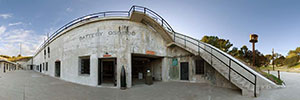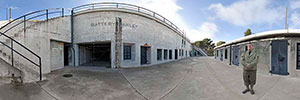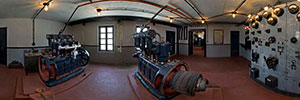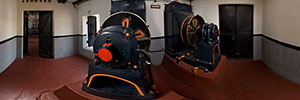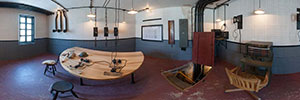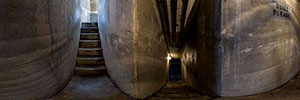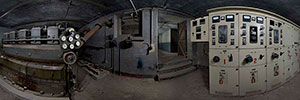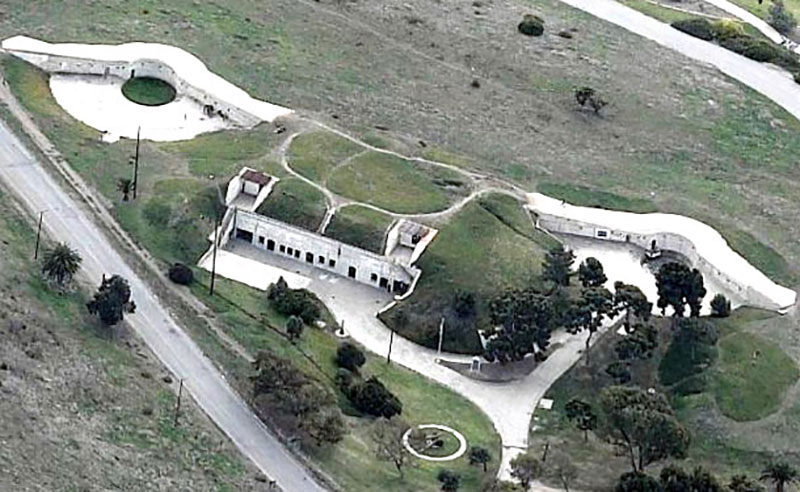
In 1888 President Grover Cleveland designated an area overlooking San Pedro Bay as an unnamed military reservation intended to improve the defenses of the expanding Los Angeles harbor area. Additional land was purchased in 1897 and 1910, and Fort MacArthur was formally created on October 31, 1914. The fort was a training center during World War I, and the first large gun batteries for harbor defense were installed in 1917. By the end of World War II the large guns were already being removed, with the last decommissioned in 1948. Battery Osgood-Farley is probably the best preserved example of a United States coastal defense gun emplacement, and it was placed on the National Register of Historic Places in 1976. A second site, Battery John Barlow and Saxton, was added to the Register in 1982.
During the early years of the Cold War, Fort MacArthur became a key part of the West Coast's anti-aircraft defenses, becoming the home base of the 47th Anti-Aircraft Artillery Brigade. A Nike surface-to-air missile battery was activated at the fort in 1954, remaining in service until the early 1970s.
The Fort MacArthur Museum - housed in the corridors and galleries of historic Battery Osgood-Farley - is dedicated to the preservation and interpretation of the history of Fort MacArthur, a U.S. Army post which guarded the Los Angeles harbor from 1914 to 1974. The Museum was established in 1985 and holds an important collection of historical structures which were part of the U.S. Army's role in the defense of the American continental coastline from invasion.
